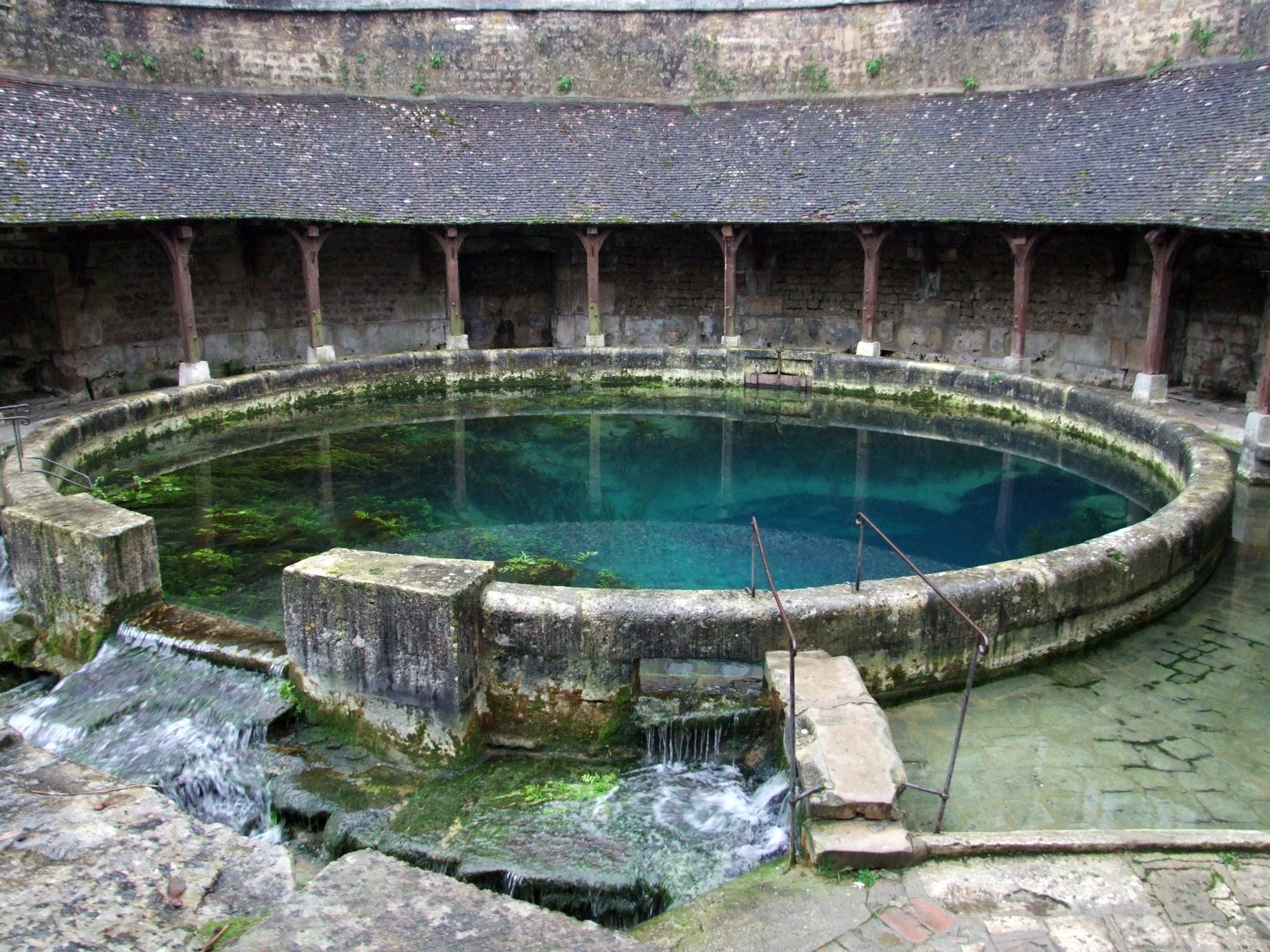So glad to see this thread still running nicely. SY's re-stating of the OP is maybe timely too. Maybe a re-visit: "pilgrims were following pre Christian tracks". Well sections of, say, the Pilgrims' Way in the UK certainly follow ancient chalk ridgeway tracks but only because they are there and going in the desired direction of travel. As SY has said, the Camino routes have meandered across the landscape in search of easy, safe passage and indeed as modern motorways have been built along those desirable routes the blessed pilgrim has been guided to the by-ways and quieter routes by the negotiating skills and yellow paint brushes of the amigos and associations. Those who have walked the Calzada Romana can be confident they have followed an ancient pilgrim route and indeed occasionally stepped on the very stones our forebears sandals kissed. When I walk The Ridgeway from Ivinghoe Beacon to Avebury and the other Wiltshire Henges I'm following a pre-historic "motorway" a trade route and drove-way and, who knows perhaps a route of pilgrimage for those making their way to the Neolithic temples that scatter the Wiltshire landscape.
"Why did the pre-christians go to Santiago" - they probably didn't. I can't find much on the pre-history of Galicia other than dear old Wikipedia, some snippets in the Labrinthos site
www.labyrinthos.net and some hard-core academic stuff, but there are no obvious direct links. They probably walked right on past, at least until the Romans started all that "improving" of the infrastructure. I believe the destination, if it was such, was "World's End", the "Costa del Muerte".
This thread has given me a nudge for what this winter's home-work might be though. The myth is out there...
 .........Keep smiling........Vicrev
.........Keep smiling........Vicrev




























